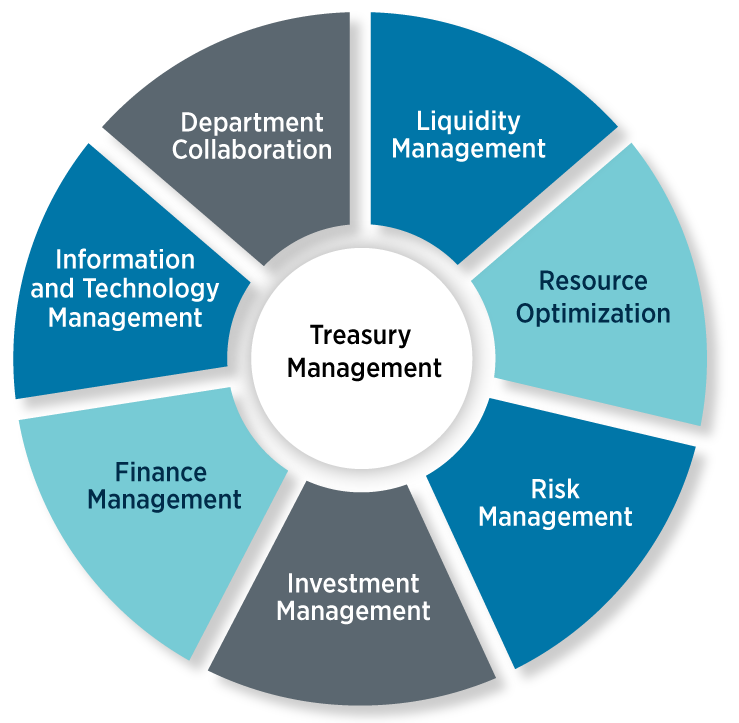Treasury management is a critical function within US corporations, responsible for overseeing the company’s cash flow, managing financial risk, and optimizing liquidity. Effective treasury management plays a vital role in supporting the overall financial health and strategic objectives of the organization.
Key responsibilities of treasury management in US corporations include:
- Cash Management: Efficiently managing the company’s cash inflows and outflows, ensuring sufficient liquidity for operational needs.
- Working Capital Management: Optimizing the levels of current assets (like accounts receivable and inventory) and current liabilities (like accounts payable) to improve cash flow.
- Financial Risk Management: Identifying, measuring, and mitigating financial risks such as interest rate risk, foreign exchange risk, and credit risk.
- Funding and Investments: Arranging for necessary funding through debt or equity markets and managing the company’s investment portfolio.
- Banking Relationships: Establishing and maintaining relationships with financial institutions.
- Payment Processing: Overseeing the efficient and secure processing of payments.
- Forecasting: Developing cash flow forecasts to anticipate future liquidity needs.
Effective treasury management requires a deep understanding of financial markets, risk management techniques, and the company’s business operations. Finance professionals in treasury play a strategic role in safeguarding the company’s financial resources and supporting its growth initiatives.
How is treasury management structured and prioritized within your US-based organization? What are some of the key challenges and opportunities facing treasury professionals today? Share your insights!

